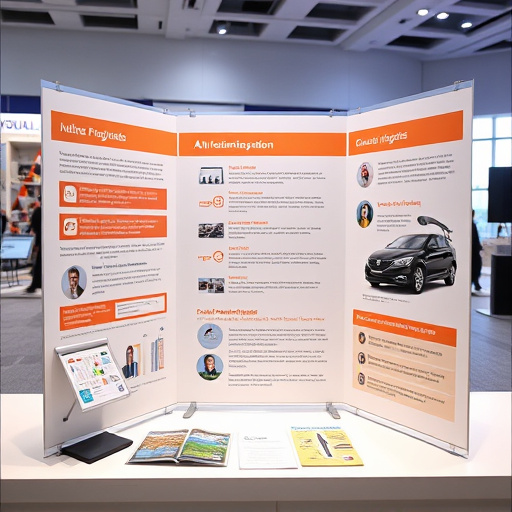Material degradation resistance is crucial for ensuring the long-term performance and durability of intake systems, especially in automotive applications. Through comparative testing under extreme conditions, engineers can select robust materials that offer superior intake system longevity. This strategic approach enhances product reliability, mitigates failures, and contributes to a more sustainable and cost-effective automotive ecosystem by extending engine life.
Material degradation resistance is a critical factor in determining the lifespan of various products, from automotive components to infrastructure. Understanding this concept involves delving into how materials interact with their environment, especially during exposure to heat, moisture, and mechanical stress. This article explores three key aspects: “Understanding Material Degradation Resistance: The Cornerstone of Longevity,” “Intake System Design and Its Impact on Material Durability,” and “Comparative Testing Methods: Uncovering the Most Durable Solutions.” Through a focus on intake systems and comparison testing, we aim to provide insights into enhancing longevity through robust material selection and design.
- Understanding Material Degradation Resistance: The Cornerstone of Longevity
- Intake System Design and Its Impact on Material Durability
- Comparative Testing Methods: Uncovering the Most Durable Solutions
Understanding Material Degradation Resistance: The Cornerstone of Longevity

Material degradation resistance is a critical factor in determining the longevity and performance of various products and structures. Understanding this concept involves delving into how different materials respond to environmental factors that can cause wear, tear, and eventual failure over time. By focusing on degradation resistance, engineers and manufacturers can ensure their creations withstand the test of time, providing superior intakes system longevity compared to counterparts lacking such robust properties.
Through comprehensive comparison testing, researchers can identify materials with exceptional durability against elements like heat, moisture, UV radiation, and chemicals. This knowledge is instrumental in making informed decisions when selecting materials for critical applications, where performance degradation could have significant consequences. Thus, enhancing material resistance to degradation becomes a cornerstone in designing products and systems that offer consistent reliability over extended periods.
Intake System Design and Its Impact on Material Durability

The design of an intake system plays a significant role in determining the durability and overall longevity of materials used within it. In automotive applications, for instance, a well-designed intake system should prioritize airflow efficiency while minimizing material stress and exposure to harsh environmental factors. Through strategic engineering, manufacturers can create components that withstand vibration, extreme temperatures, and pressure differentials, thereby extending the life of the entire engine.
Comparative testing between different intake system designs has highlighted substantial variations in material degradation rates. Longevity studies reveal that advanced systems with enhanced material selections and innovative construction techniques can offer significantly better resistance to corrosion, wear, and tear. These findings underscore the importance of investment in R&D for creating intake systems that not only boost engine performance but also ensure the sustainability of materials used, contributing to a more environmentally friendly and cost-effective automotive ecosystem.
Comparative Testing Methods: Uncovering the Most Durable Solutions

Comparative testing methods play a pivotal role in understanding and promoting material degradation resistance, especially within industrial applications. By subjecting various materials to rigorous conditions, researchers can uncover their true durability. These tests often involve exposing samples to extreme temperatures, pressures, chemicals, or mechanical stress over extended periods. The data gathered from such comparisons provide valuable insights into which materials excel under specific challenges, guiding informed decisions for optimal intake system design and longevity.
For instance, in the automotive sector, comparing the performance of different intake systems’ components through laboratory simulations can reveal superior resistance to corrosion or fatigue. This knowledge is crucial for manufacturers aiming to enhance vehicle reliability and reduce maintenance costs over time. As these tests provide a controlled environment to study material behavior, they are instrumental in identifying innovative solutions that offer enhanced longevity and improved system performance.
Material degradation resistance is a key factor in determining the longevity of any structure or component. By understanding how different materials hold up against wear and tear, designers and engineers can make informed decisions when it comes to intake system design, ensuring optimal durability. Comparative testing methods play a vital role in uncovering the most resistant solutions, allowing for advancements in material science and engineering. Ultimately, these insights contribute to enhanced intake system longevity, benefiting various industries that rely on robust and long-lasting components.














